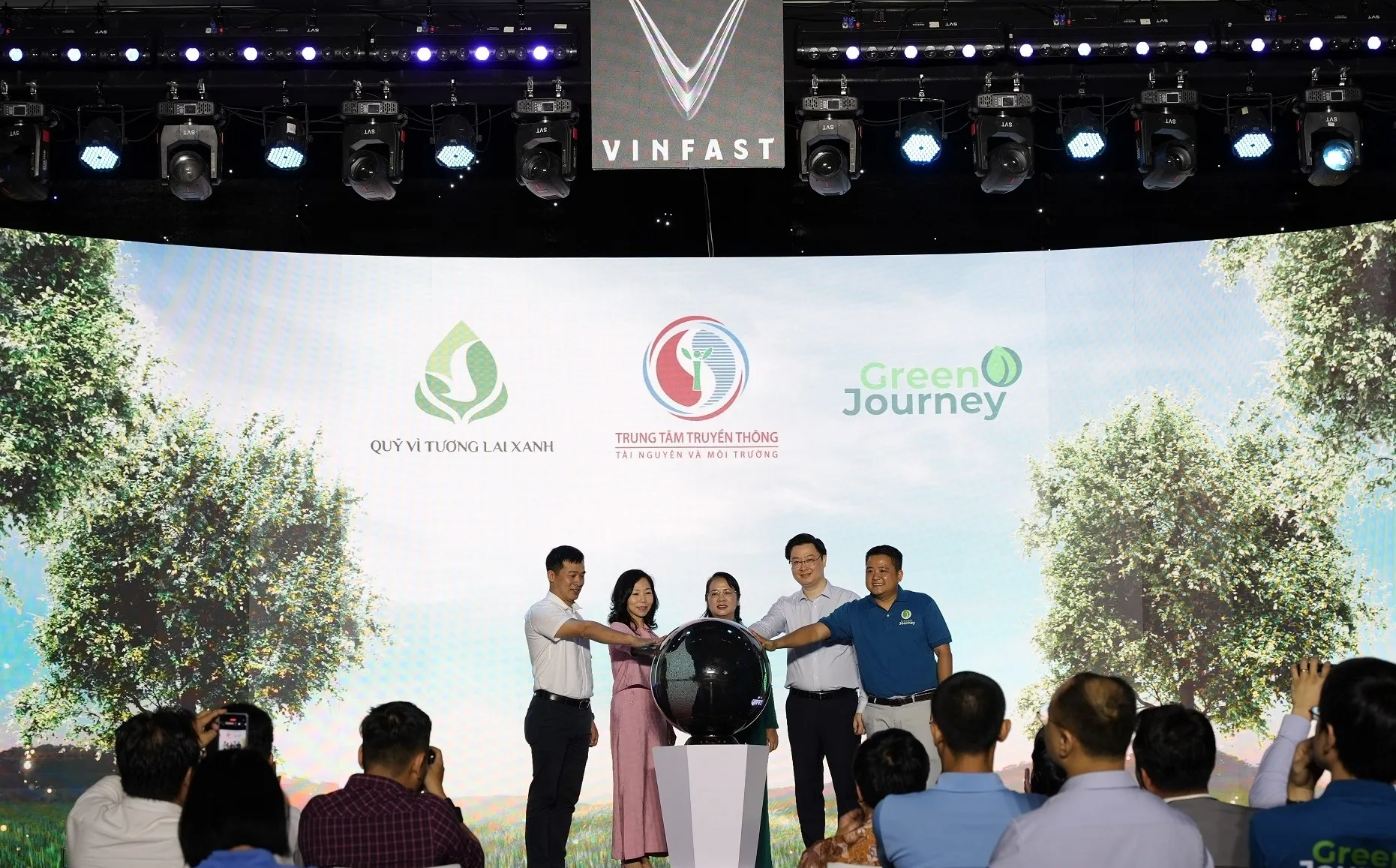“Tiếng nói Xanh” (Talk Green Future) is a public speaking and debate competition, where young individuals are encouraged to showcase their intellectual and creative abilities. The competition aims to foster positive changes by promoting a green lifestyle and a sustainable future for all.
TOPIC
To explore a diverse range of global issues through societal, economic, and environmental lenses, and to provide solutions for sustainable development based on the “For Green Future” Foundation’s ten key action programs:
- Green mobility is to minimize negative impacts on the environment and human health by using environmentally friendly means of transportation. Green transportation vehicles typically emit fewer greenhouse gases, utilize energy efficiently, and in many cases, prioritize the use of renewable energy. Green mobility also consists of walking, cycling, and using public transportation to reduce vehicle congestion and pollution.
- Green energy is produced from renewable sources, such as solar, wind, water, and biomass, which causes little to no pollution and greenhouse gas emissions compared to non-renewable energy sources like coal, oil, and natural gases. Green energy helps minimize negative impacts on the environment, protects community health, and contributes to mitigating climate change.
- Green offices optimize and establish working environments to be eco-friendly and efficient. This includes waste reduction, recycling, efficient use of energy and water, and implementation of green technology and devices to create healthy workspaces for employees.
- Green consumption means being conscious about consumption behavior in purchasing and using goods and services to reduce negative impacts on the environment and society. This prioritizes the selection of environmentally friendly products that are recyclable, energy-saving, and sustainable to reduce waste and promote responsible consumption behavior.
- Green environment is promoting and improving environmental quality through numerous activities, including recycling, conserving energy, protecting biodiversity, reducing pollution, and raising community awareness on environmental issues. A green environment creates a clean, safe, and sustainable place for all.
- Green urban areas aim to enhance communities’ quality of life by having small gardens within residential areas, on rooftops, balconies, or other vacant spaces.
- Green tourism is a style of tourism that aims to protect the environment and raise awareness and responsibility for both tourists and tourism managers. The aim is to minimize negative impacts on the environment, conserve wildlife and plants, as well as support local economic and community development.
- Green education means creating opportunities for students to learn about the environment, sustainability, and social responsibility through different educational programs and activities. This not only imparts knowledge but also promotes the design and management of educational facilities to be eco-friendly and sustainable.
- Green healthcare utilizes models that integrate sustainable principles and practices to reduce negative impacts on the environment. These models focus on efficient use of energy, water, and other resources, which reduces waste and adopts eco-friendly technology. Thereby, preventing infections and disease spread by improving the quality of the environment and living conditions, encouraging the use of natural healthcare methods, and reducing dependence on polluting medical products.
- Green sports means organizing and participating in sustainable sports events with the goal of minimizing negative impacts on the environment and the community. The principles of green sports include energy conservation, waste reduction, efficient water use, and enhancing environmental awareness in the sports community.



